
Try-It Diet: Thyroid Diet
A two-week healthy eating plan
Adams Media, an imprint of Simon & Schuster, Inc.

Avon, Massachusetts
Contents
Introduction
A Try-It Diet is just that a diet that you can try out for two weeks to see if it is a good fit for you. Keep in mind that not every diet is right for every person; please consult with your doctor before making radical changes to your diet. If you or a loved one has a thyroid imbalance, it can be a frustrating drain on your overall health. You may feel constant fatigue, become depressed, feel irritable, or have serious trouble gaining or losing weight. Millions of Americans have thyroid issues, and proper diagnosis is the first step toward alleviating some of the problems you may face. But where should you start? Understanding the causes of your hypothyroidism or hyperthyroidism will help to form a plan to manage your symptoms and take control of your diet and health.
Thyroid function depends on the proper foods in your diet. Thyroid hormone is made from iodine and protein. Iodine is found in the soil by the sea, in animals that graze the land by the sea, and in saltwater fish and plants. It is also found in iodized salt, dairy products, and dough conditioners in baked products made in the United States. Iodine deficiency can lead to thyroid goiters, cretinism, and myxedema. Thyroid hormone is very important in the regulation of metabolism, which affects body weight.
In individuals with hypothyroidism , basal metabolic rate is low. Basal metabolic rate is the amount of calories needed to stay alive in a resting state. A weight gain of approximately five to ten pounds is associated with hypothyroidism. Much of the weight gain is thought to be due to an increase in water and salt. If not in conflict with any other conditions, the recommendation for most people with hypothyroidism is a well-balanced diet. As there are potential problems with increased cholesterol and low-density lipoprotein levels (LDL), doctors and dietitians usually recommend a heart-healthy diet.
So what is a heart-healthy diet? The American Heart Association recommends limiting added sugar in the diet. Their recommendations are no more than 100 calories for women and no more than 150 calories for men from added sugar. Getting enough fiber is excellent (just remember to be careful about not having fiber at the same time your thyroid medication is taken). At least half of grains consumed should be in the form of whole grains. Hyperthyroidism causes an increase in the body metabolism, which can increase transit time of food in the intestines. Symptom of hyperthyroidism may include increased stool frequency, diarrhea, and malabsorption of food.
Weight loss is a result of the problems that may develop. If a goiter is present, there may also be swallowing problems. Weight is lost in the form of body fat and also body muscle mass. Some people may gain weight when suffering from a hyperthyroid condition. This may happen due to increased appetite; thus, the individual eats a great deal more than needed. Weight gain is more common in younger people.
In older individuals, the appetite may be decreased. People with hyperthyroidism usually wish to know of a special diet they need to follow. Studies have not shown any special foods that have made hyperthyroidism better or worse, except for iodine. A balanced diet that provides needed calories is required for hyperthyroidism. Many times a heart-healthy diet is recommended. This includes eating fruits, vegetables, skim milk products, lean meats and fish, beans, and nuts.
Consuming heart-healthy fats (olive and canola oils) and limiting dietary cholesterol, salt, and added sugars are also part of a heart-healthy diet. A registered dietitian should be consulted for nutrition education. Dietitians are trained to devise a meal plan that provides adequate nutrients and calories for patients. As nutrition needs change, they can alter the meal plans. They can also answer questions about new material that may be in the news or answer special questions pertaining to food and nutrition needs.
Weekly Meal Plans
Week 1
Sunday
Breakfast
Snack
cup grapes and cup carrot sticks
Lunch
Snack
Dinner
Monday
Breakfast
Snack
Medium-sized apple
Lunch
Snack
Dinner
Tuesday
Breakfast
Snack
1 cup air-popped popcorn and medium-sized peach
Lunch
Snack
2 tablespoons dried cranberries and 8 ounces non-fat yogurt
Dinner
Wednesday
Breakfast
Snack
Lunch
Snack
1 cup pretzels
Dinner
Thursday
Breakfast
Snack
6 almonds and 8 ounces non-fat yogurt
Lunch
Snack
1 cup baby carrots and cup diced pineapple
Dinner
Friday
Breakfast
Snack
Lunch
Snack
Dinner
Saturday
Breakfast
Snack
2 tablespoons dried cranberries and 8 ounces non-fat yogurt
Lunch
Snack
Dinner
Week 2
Sunday
Breakfast
Snack
Lunch
Snack
1 cup baby carrots and cup diced pineapple
Dinner
Monday
Breakfast
Snack
6 almonds and 8 ounces non-fat yogurt
Lunch
Snack
Dinner
Tuesday
Breakfast
Snack
Lunch
Snack
1 cup air-popped popcorn and medium-sized peach
Dinner
Wednesday
Breakfast
Snack
Lunch
Snack
cup grapes and cup carrot sticks
Dinner
Thursday
Breakfast
Snack
6 almonds and 8 ounces non-fat yogurt
Lunch
Snack
Dinner
Friday
Breakfast
Snack
Lunch
Snack
Dinner
Saturday
Breakfast
Snack
Lunch
Snack
1 cup baby carrots and cup diced pineapple
Dinner
Quinoa Berry Breakfast Try other berries, nuts, or spices such as ginger or nutmeg to vary this nutritious breakfast cereal.
Weekly Meal Plans
Week 1
Sunday
Breakfast
Snack
cup grapes and cup carrot sticks
Lunch
Snack
Dinner
Monday
Breakfast
Next page


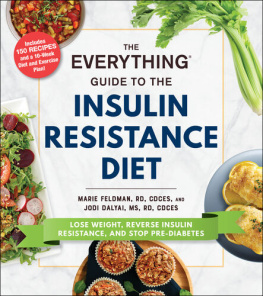




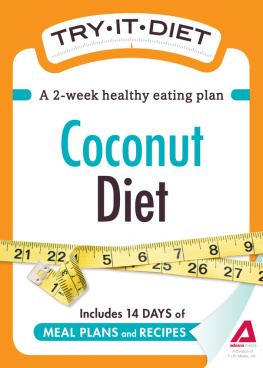

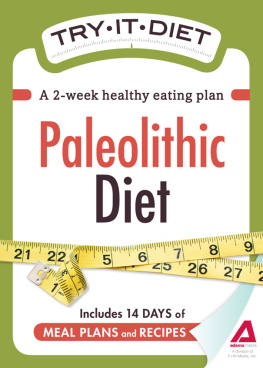
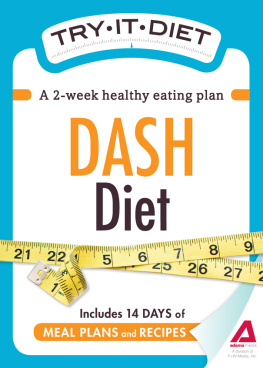
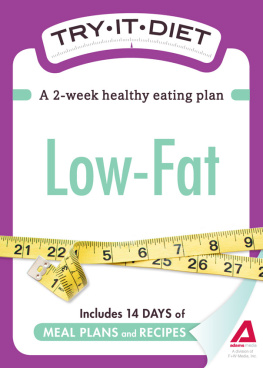
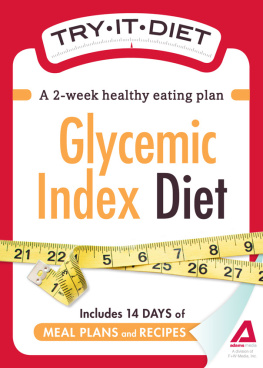
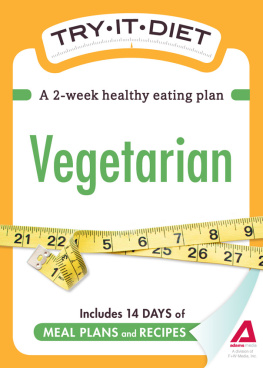

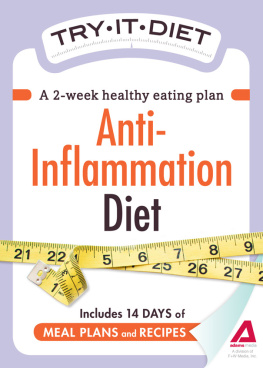

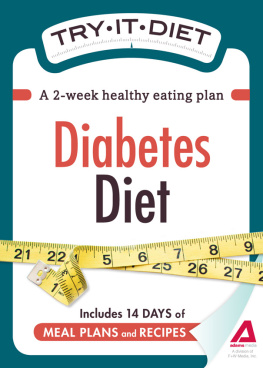
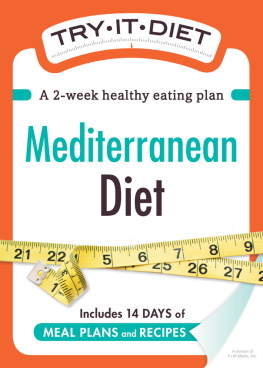

 Avon, Massachusetts
Avon, Massachusetts